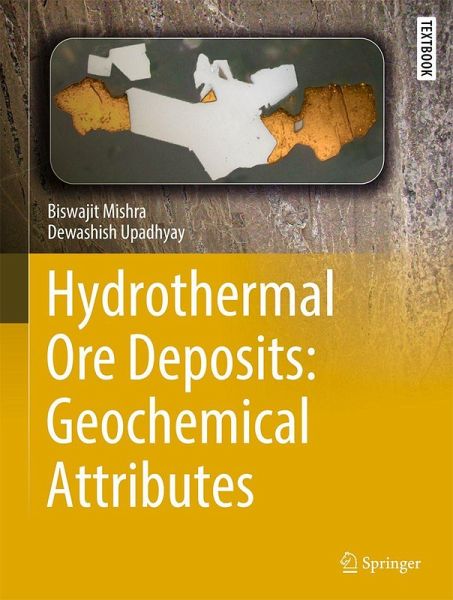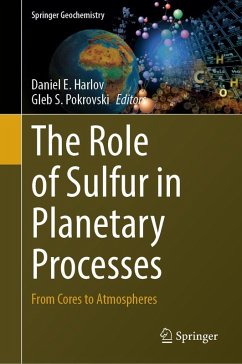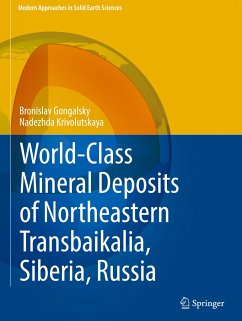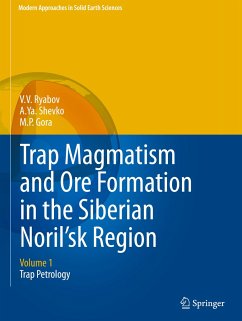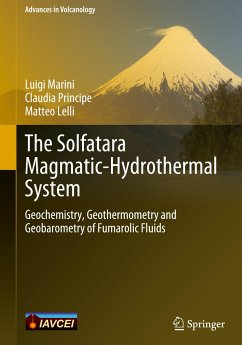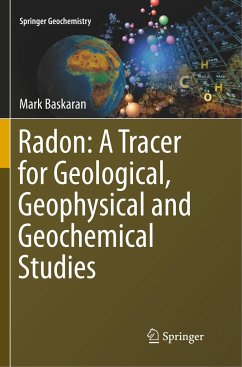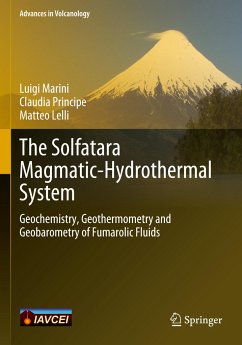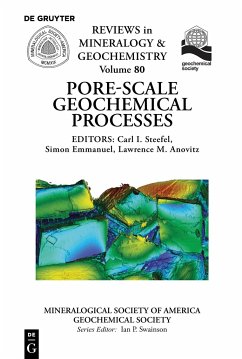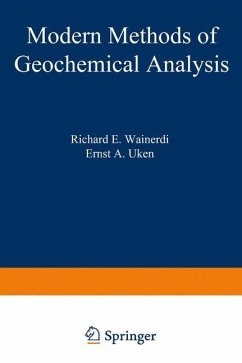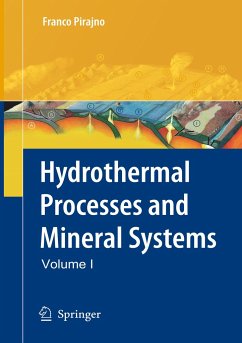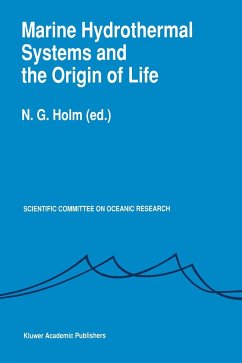Biswajit Mishra is an ore geologist, who served as a faculty in the Department of Geology and Geophysics, Indian Institute of Technology (IIT) Kharagpur, and recently superannuated as a senior professor. He has taught various subjects such as Ore geology, Mineralogical Thermodynamics, Applied Mineralogy, Advanced Mineralogy, Mineral Exploration, Geology for Mining Engineering, Geology for Civil Engineering, besides others. During initial years, his research interests were in the domain of thermodynamic analysis and experimental phase equilibrium relations of complex sulfide assemblages. With time he started working on mineralogy, geochemistry and genesis of diverse hydrothermal ore deposits. His other research contribution includes melt-induced remobilization of massive sulfide ores, both in natural hydrothermal deposits and experimental simulation in synthetic complex sulfide systems. He guided several doctoral students on the genetic aspects of tin-rare metal (niobium-tantalum) pegmatites, orogenic gold deposits, uranium-copper ores and carbonatite-hosted rare earth element deposits. He published nearly 80 papers peer-reviewed international journals of repute. For his research endeavors, Prof. Mishra has received many national honors such as Young Scientist award of the Indian National Science Academy, IIT Kharagpur Silver Jubilee Research award, PRL award in Earth & Planetary Sciences from Physical Research Laboratory (PRL) and National Mineral Award. He is a life Fellow of Geological Society of India and Fellow of the Society of Economic Geologists (SEG), USA. He served as a member of the fellowship nomination committee of the SEG and Vice-chairman, International Mineralogical Association–Commission on Ore Mineralogy (IMA-COM). Dewashish Upadhyay is an isotope geochemist and petrologist, currently serving as Professor of Geochemistry in the Department of Geology and Geophysics at the Indian Institute of Technology (IIT) Kharagpur. He teaches a wide range of subjects, including Geochemistry and Cosmochemistry, Igneous Petrology, and Applied Mineralogy, among others. He established the Laser Ablation Multi-Collector Inductively Coupled Plasma Mass Spectrometry (LA-MC-ICP-MS) laboratory at IIT Kharagpur, which serves researchers from across India and abroad. His research interests encompass early Earth (Hadean–Archean) geology, geochronology, mass spectrometry, igneous–metamorphic petrology, ore genesis, cosmochemistry, and machine learning. His early work largely focused on the early terrestrial crust, the geological evolution of Archean cratons, the Proterozoic crustal accretion and growth of the Indian shield and the development of analytical techniques and protocols using laser ablation inductively coupled plasma mass spectrometry (LA-ICP-MS). In recent years, he has shifted focus towards the petrogenesis of strategic and energy-critical metals (including rare earth elements, Li, U, W, and Au), as well as base metal deposits. He has also ventured into the up-coming fields of data-driven and machine-learning-based applications in petrology, geochemistry, and ore geology. To date, he has published nearly 100 papers in internationally peer-reviewed journals. Professor Upadhyay has been recognized by IIT Kharagpur as one of its best teachers and has received several national and international accolades, including the National Geoscience Award and the Alexander von Humboldt Fellowship. He has also served as a member of the Nominations Committee of the Geochemical Society and is an Associate Editor for three international journals—Geochemistry, European Journal of Mineralogy, and Terra Nova.
